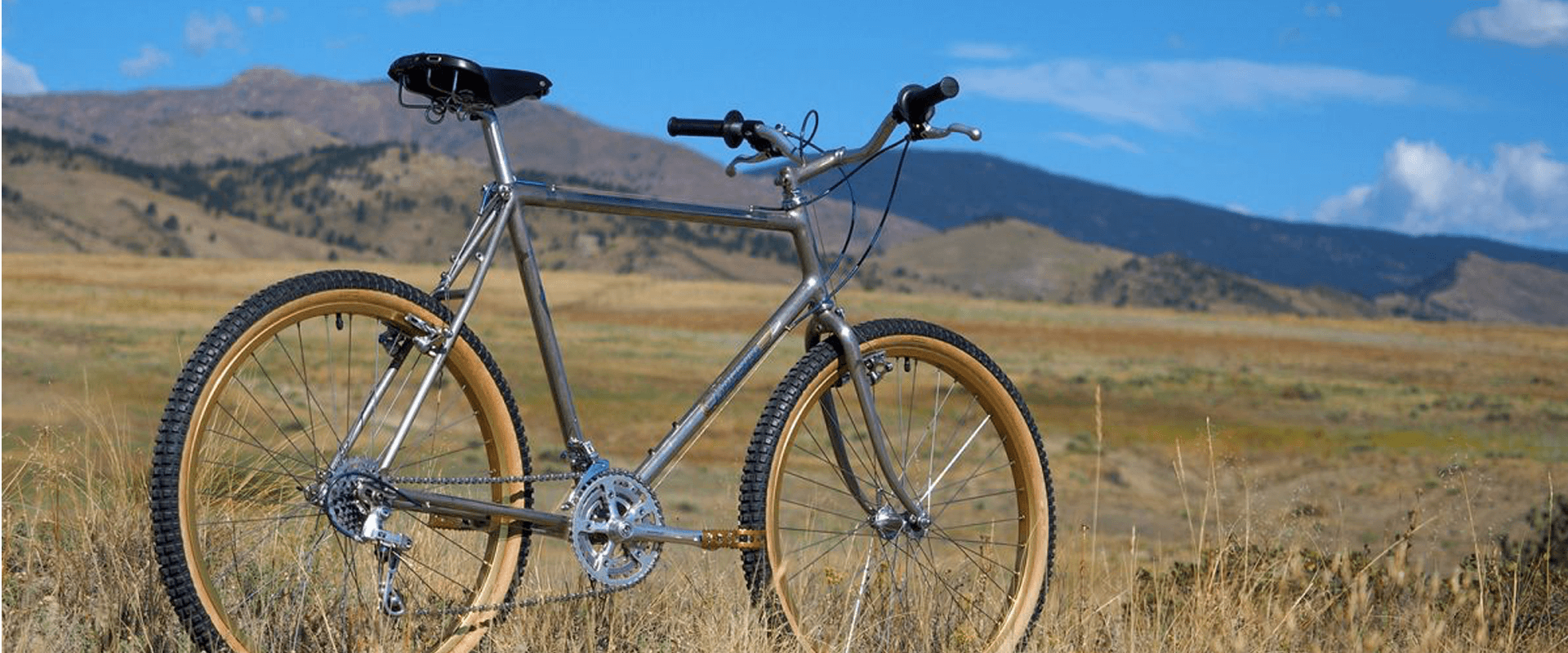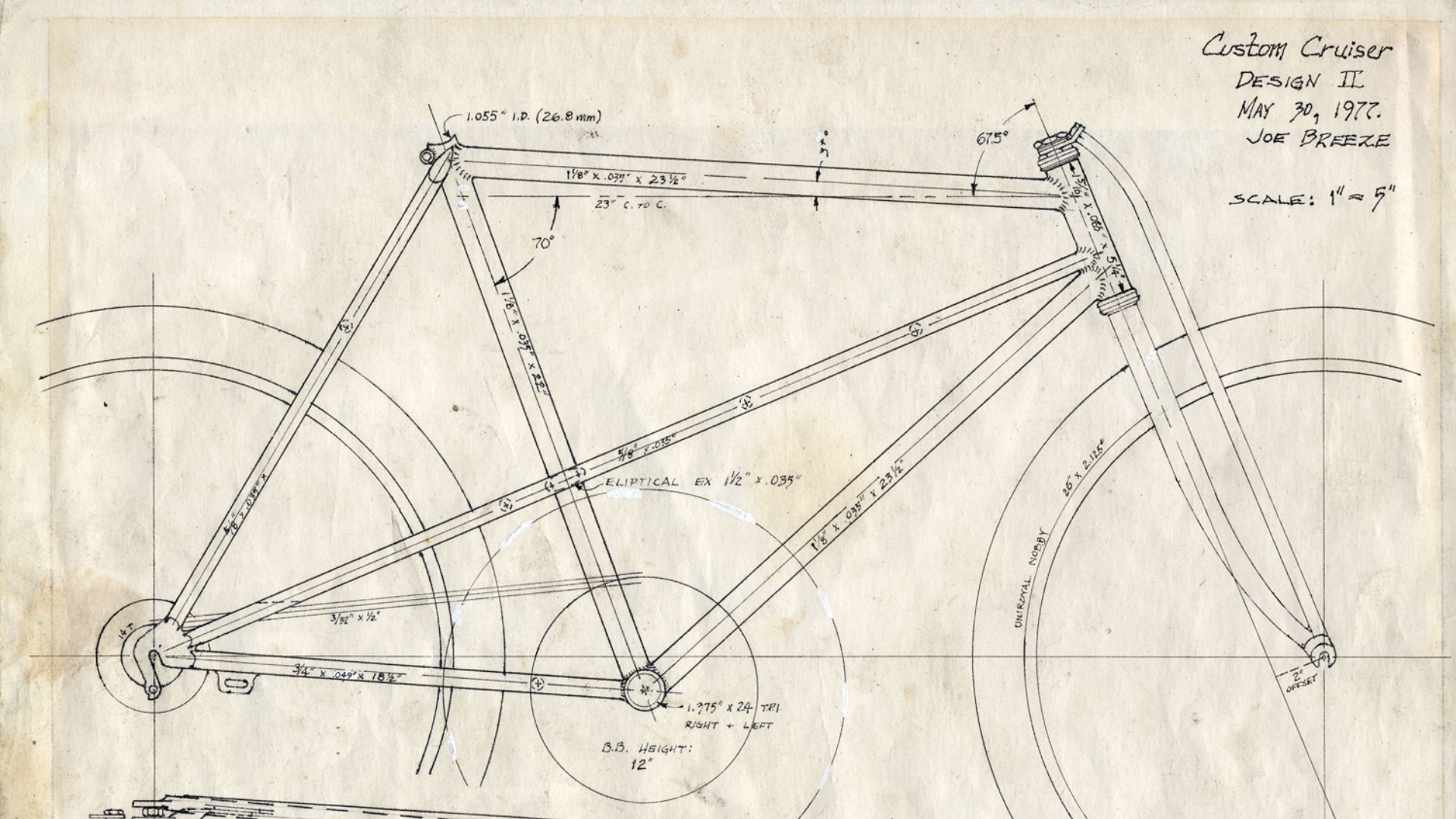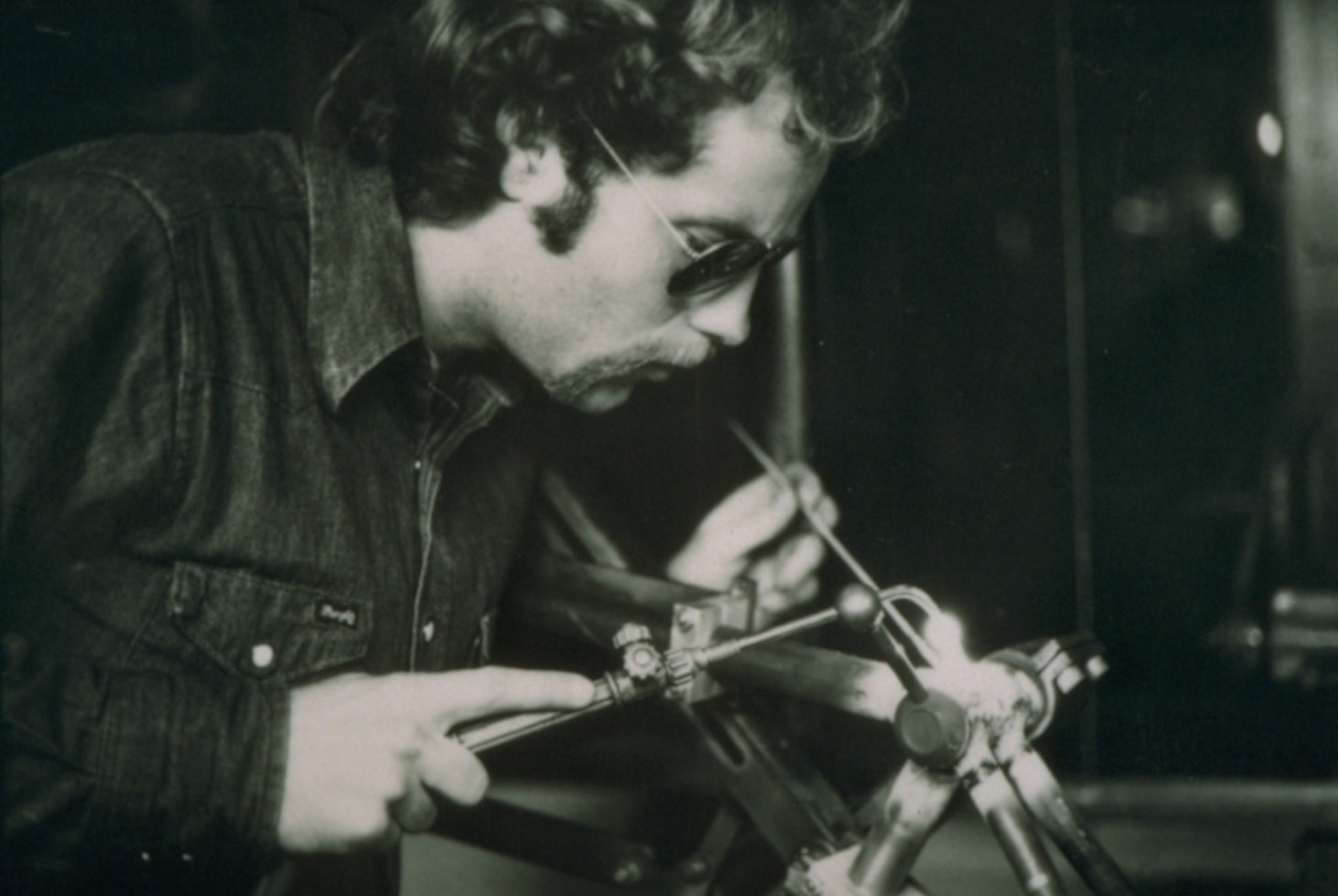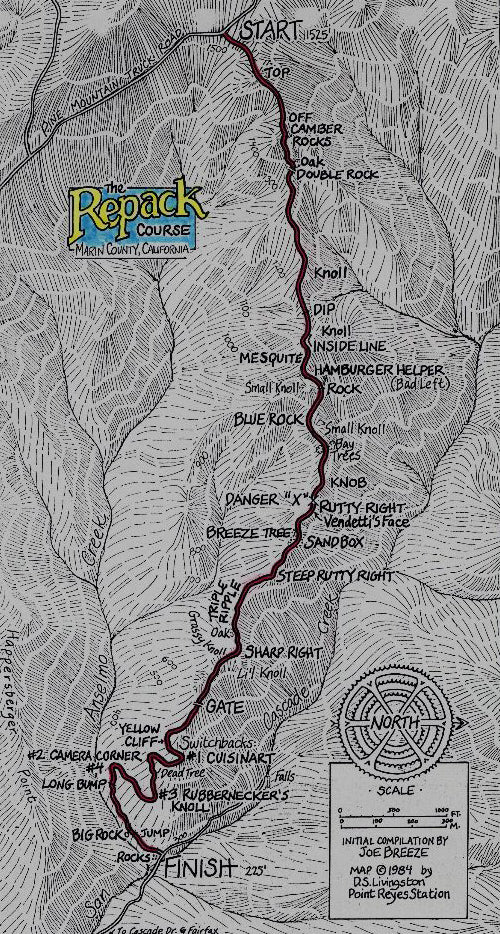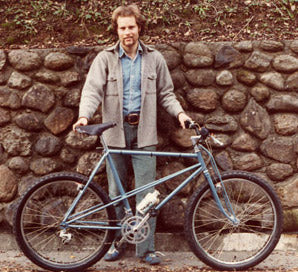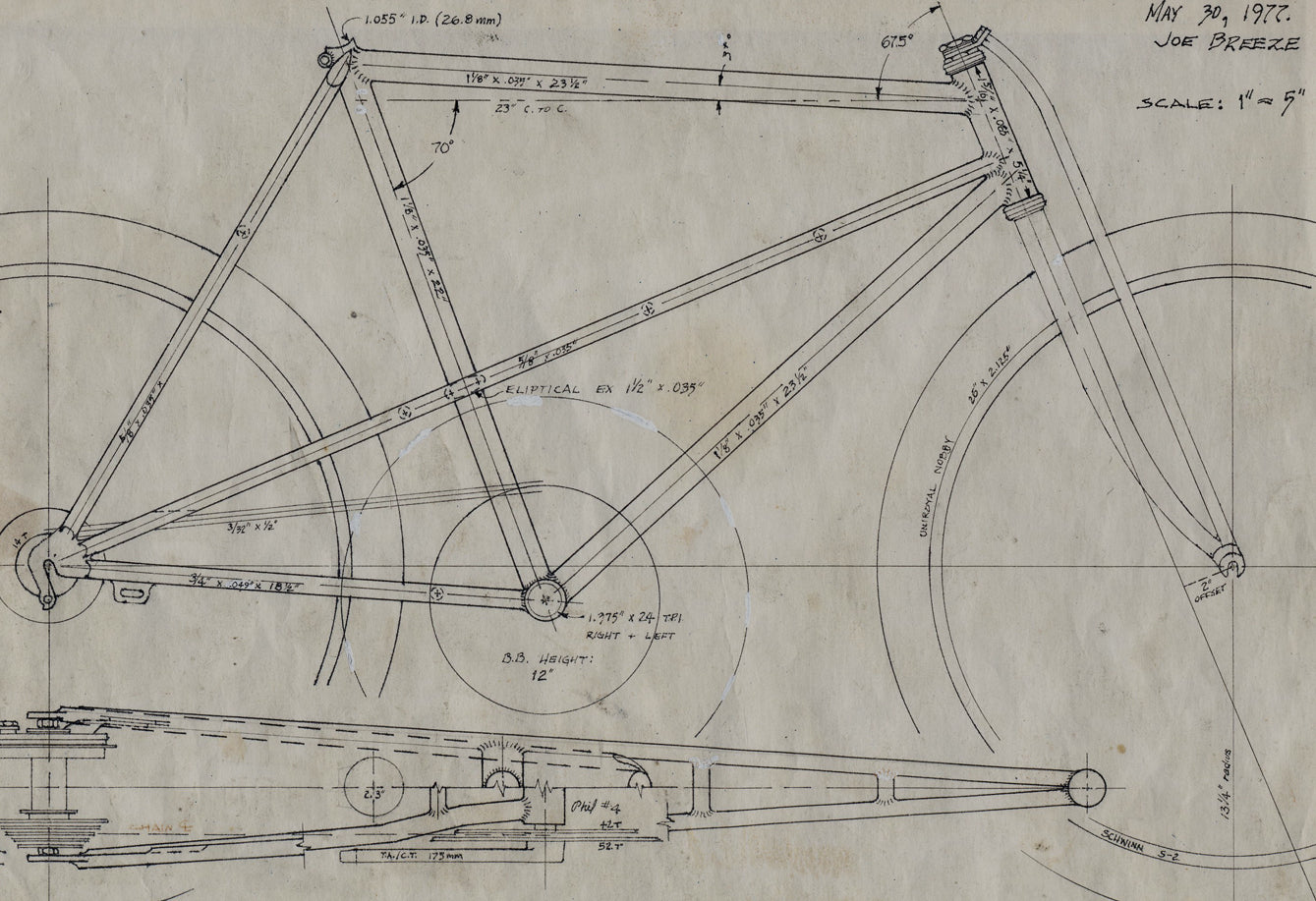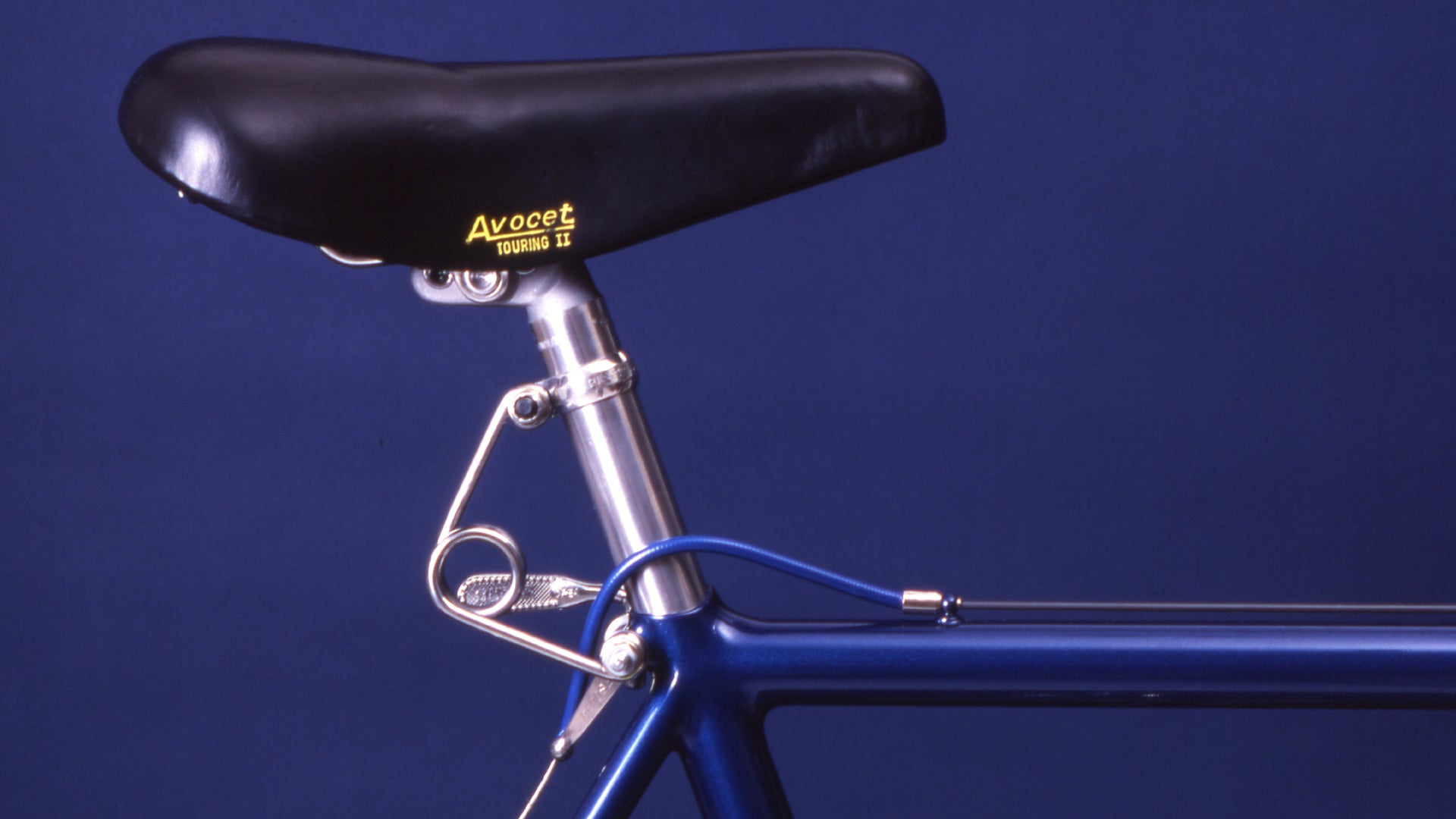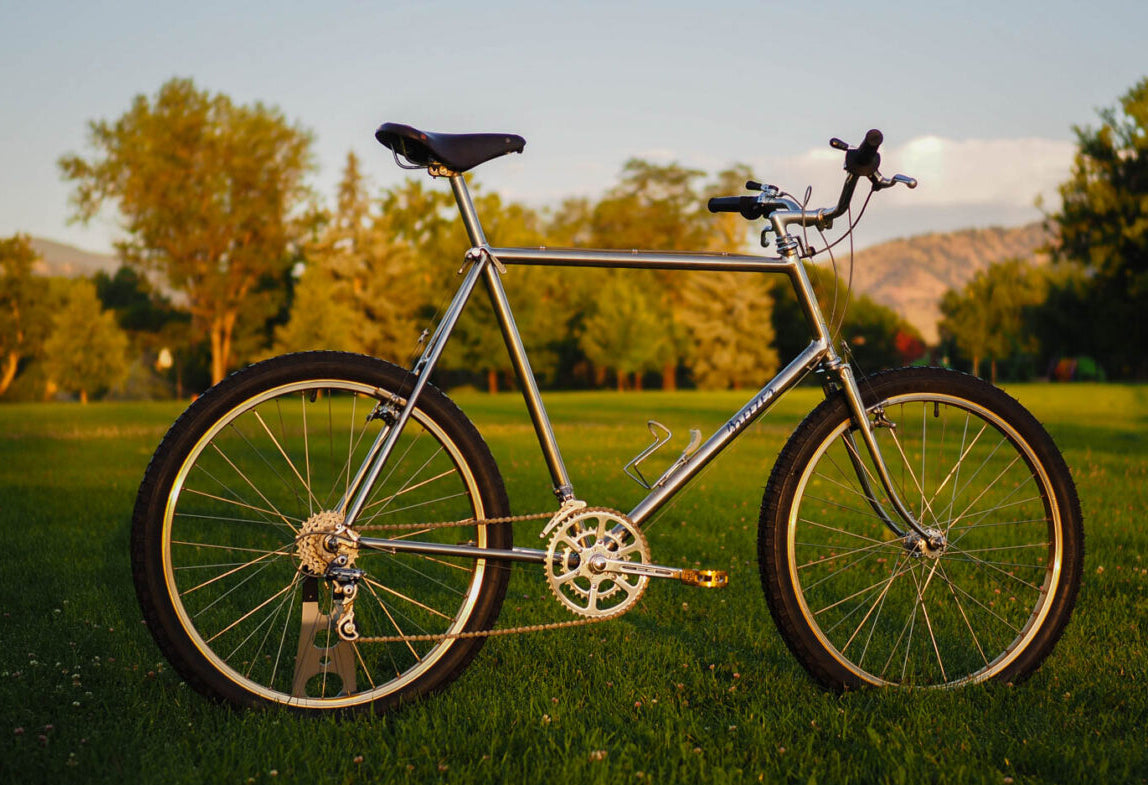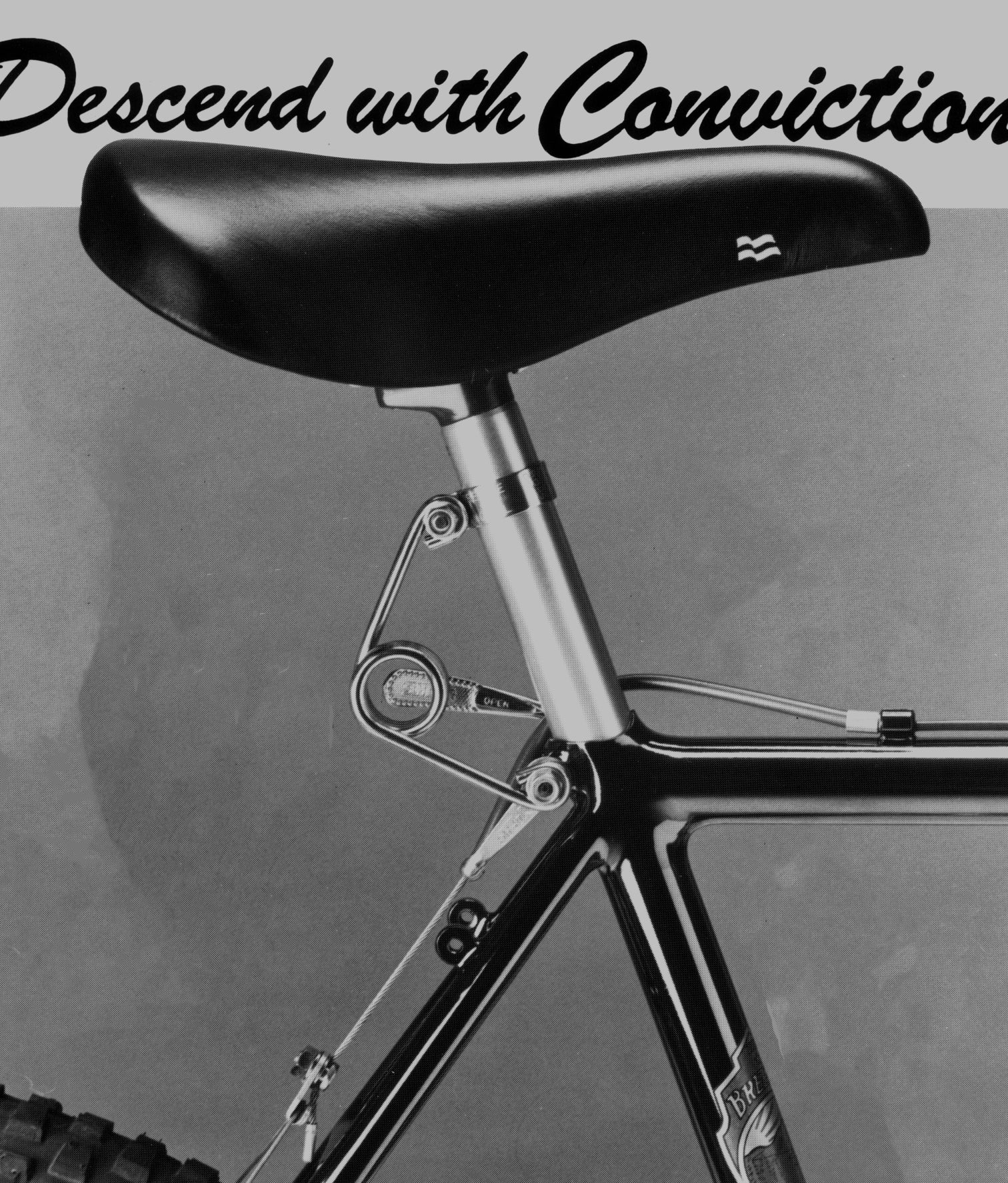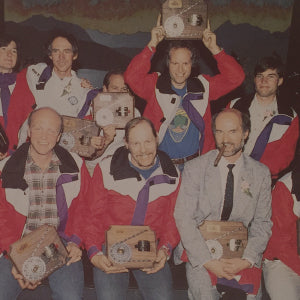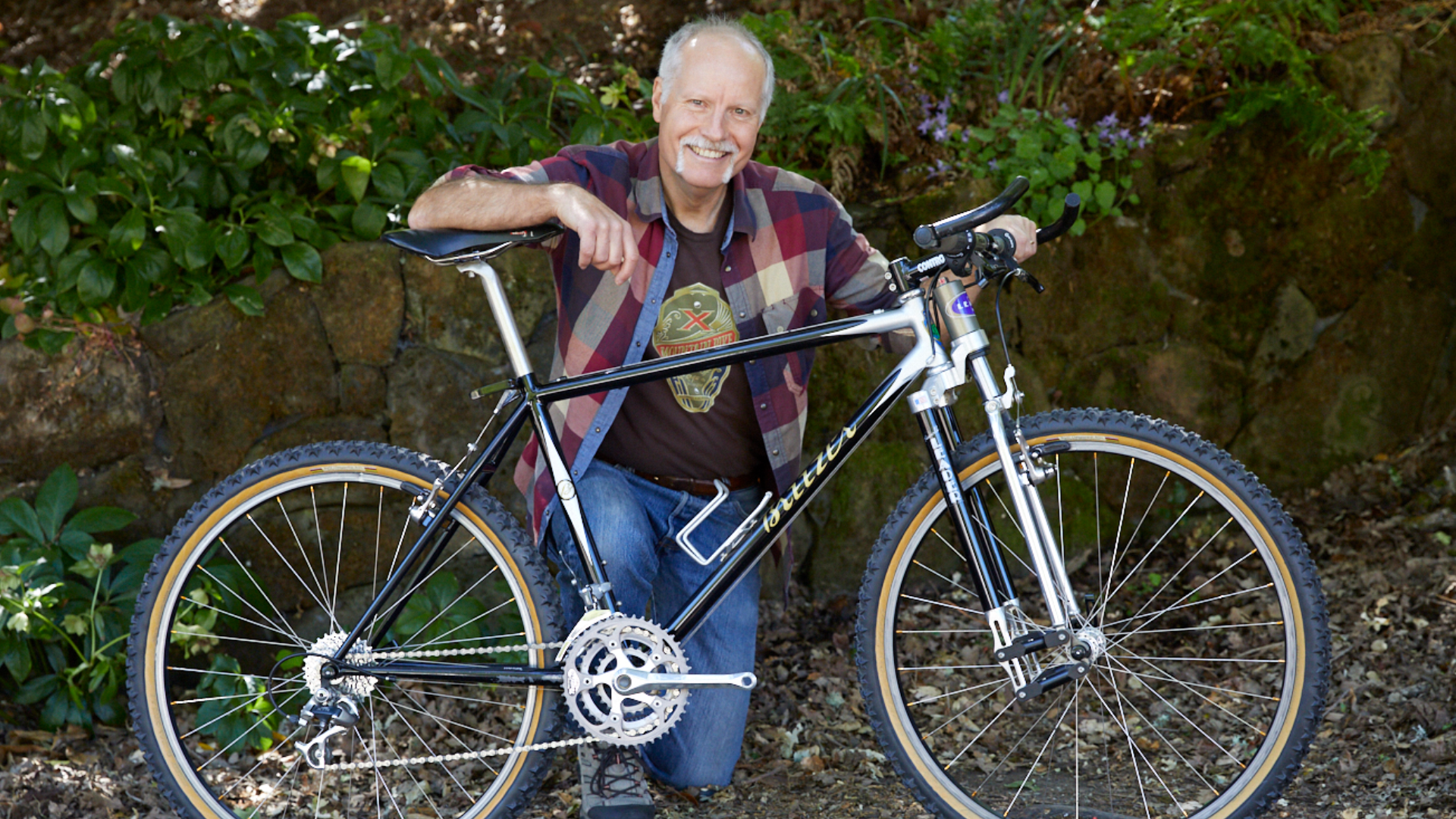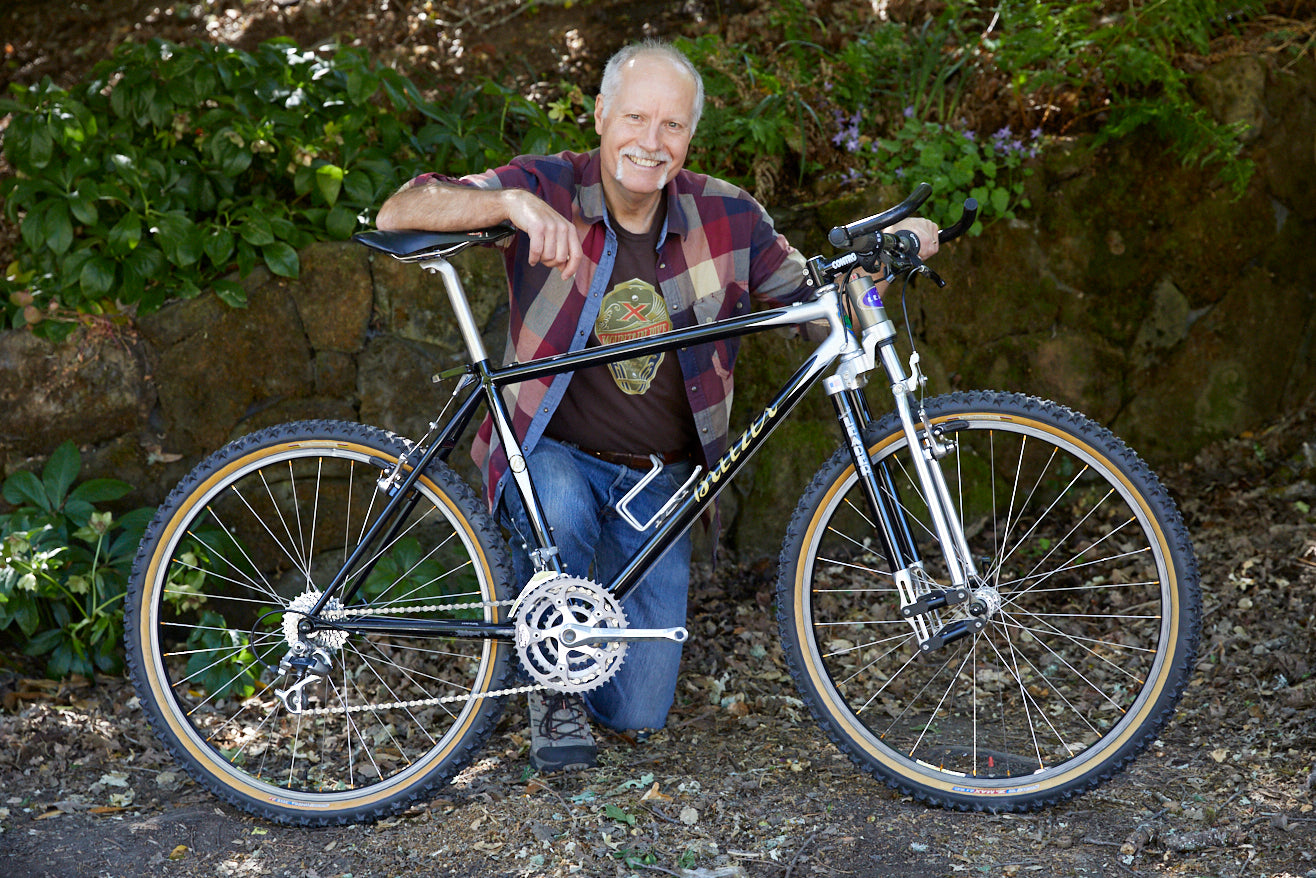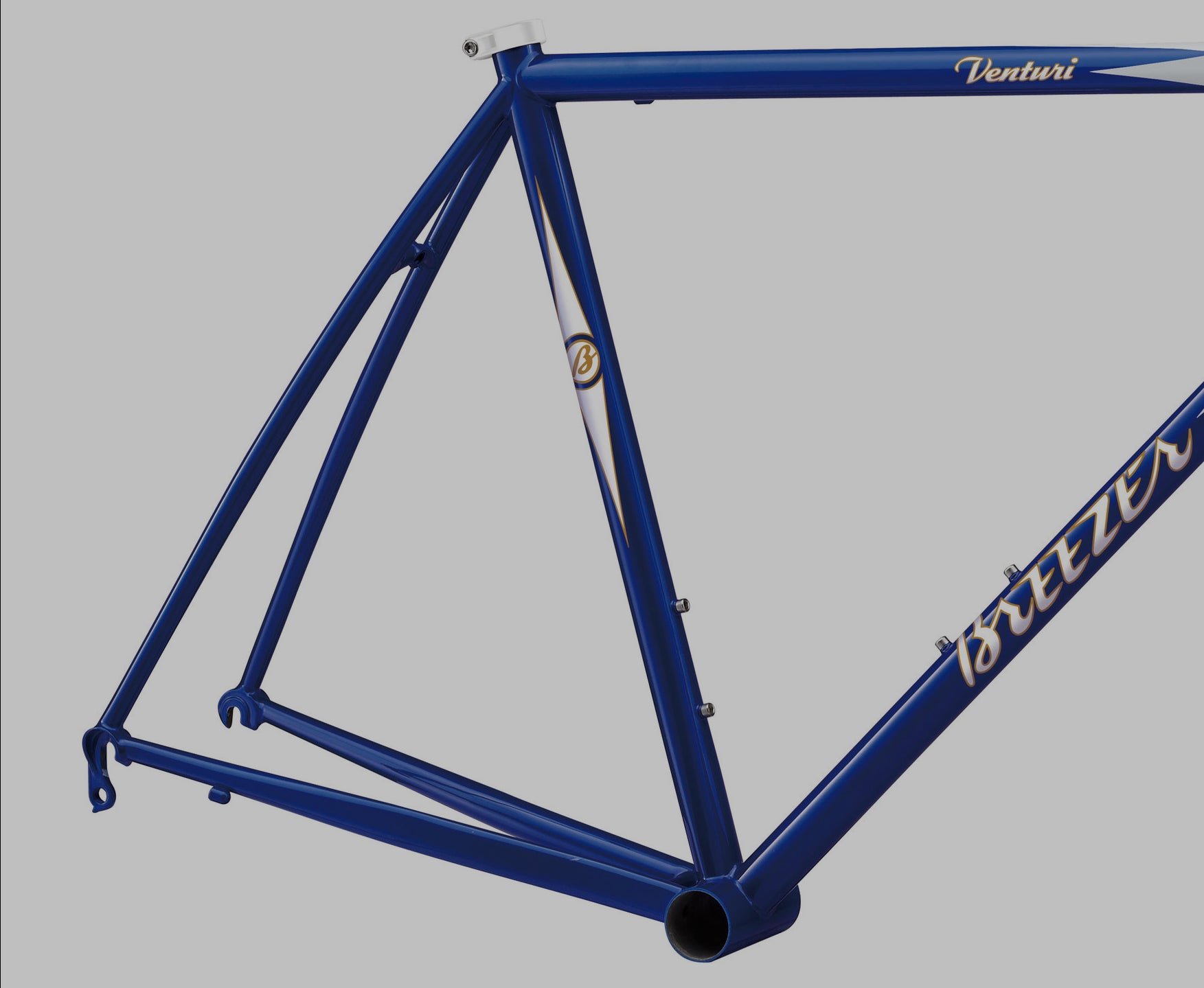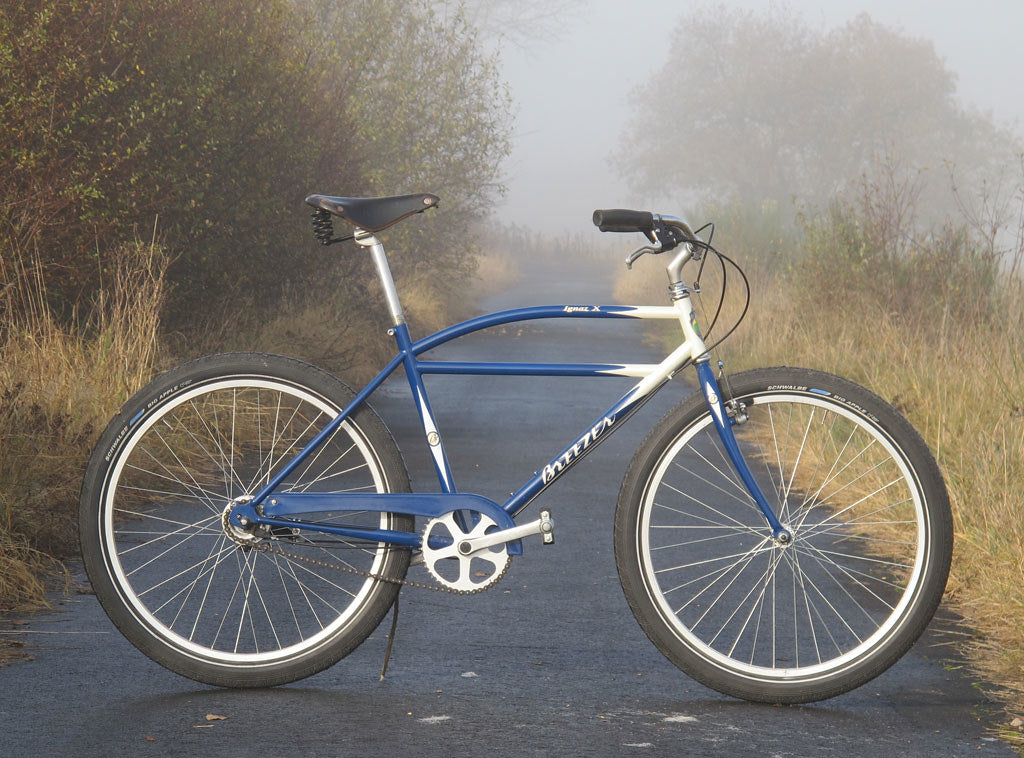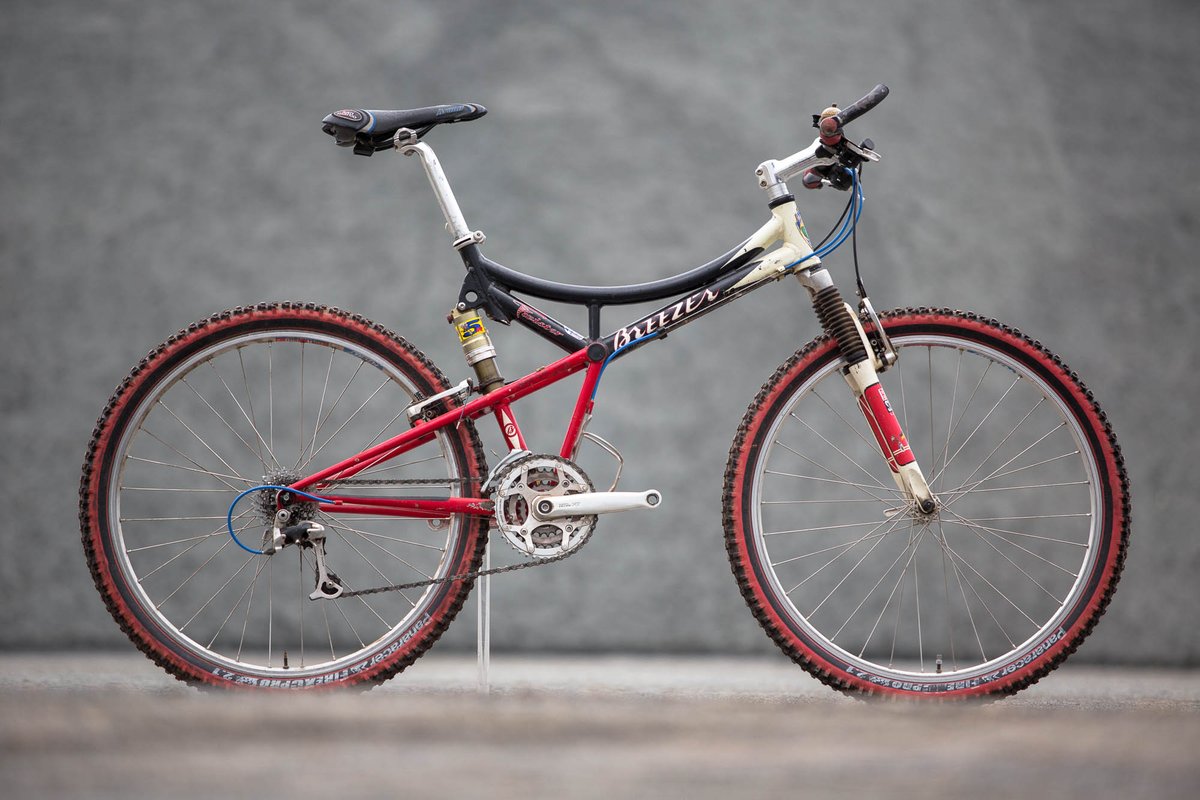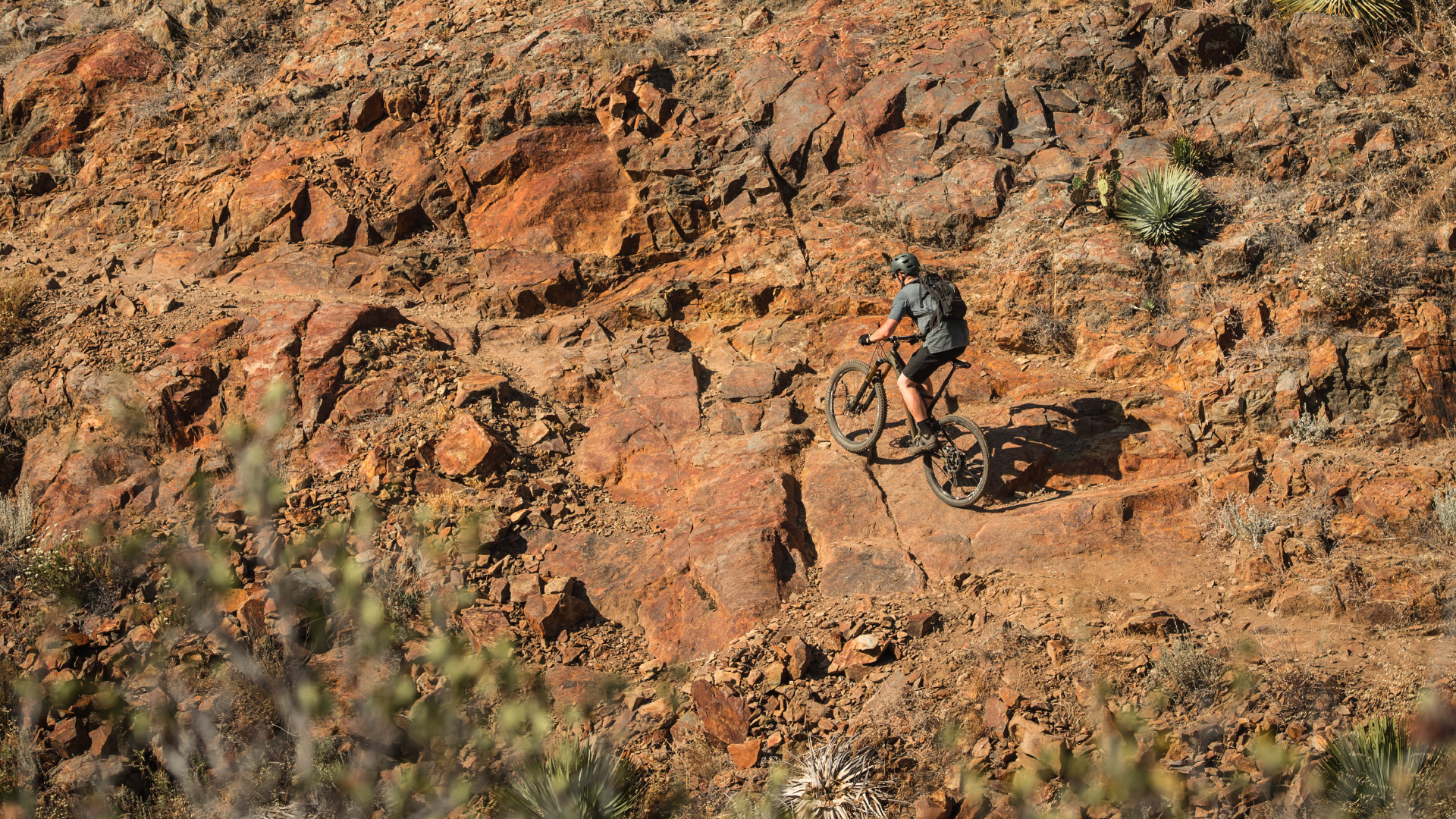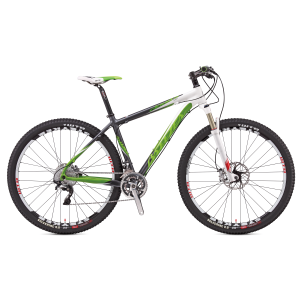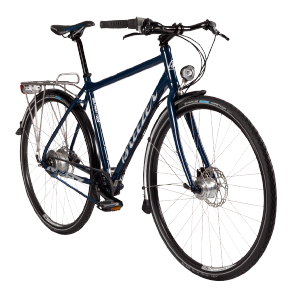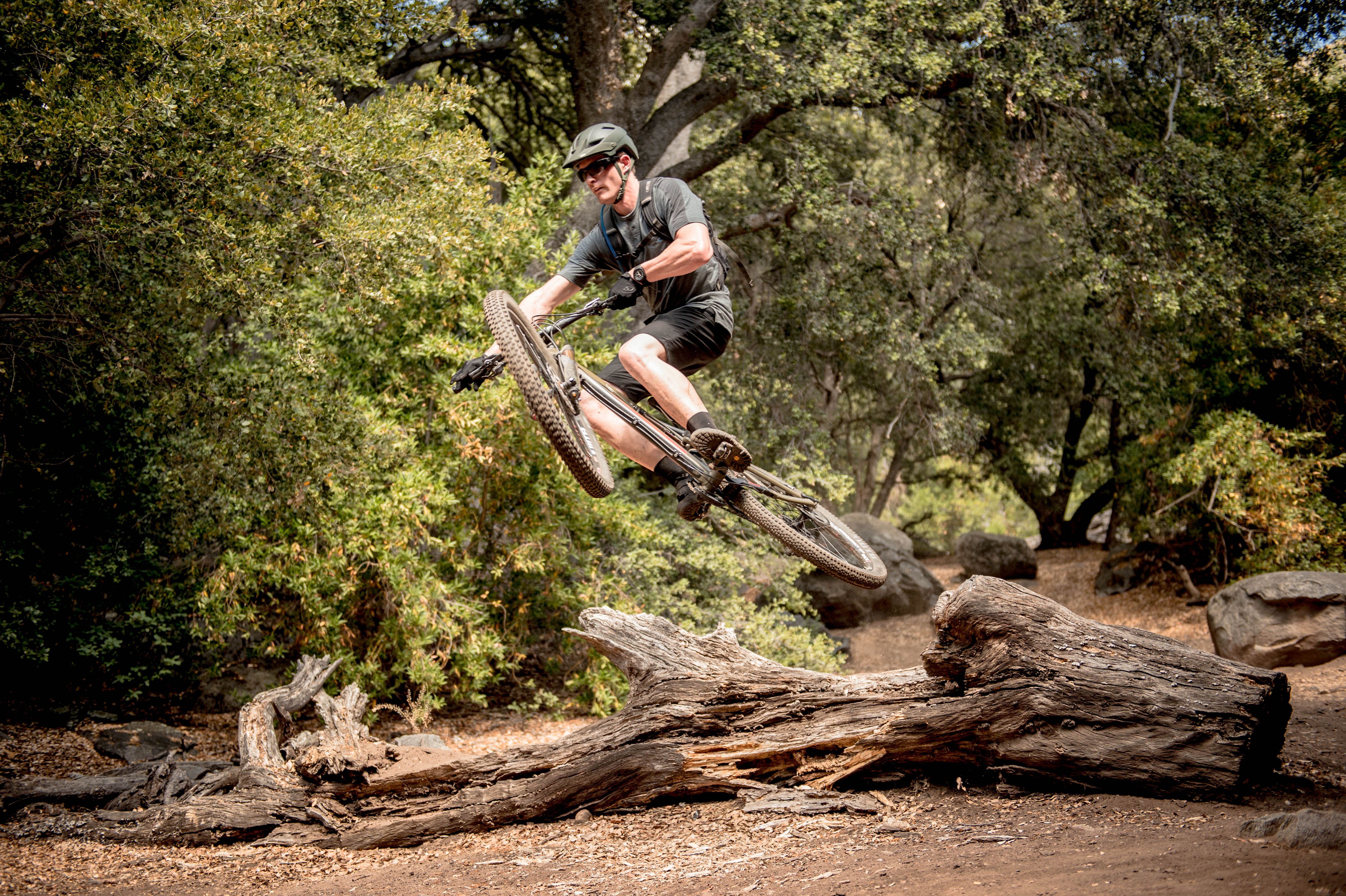When Joe Breeze hand-built the first modern mountain bike in 1977, Breezer became the world’s first mountain bike brand. As a lifelong cyclist who raced on the road and dirt and toured all over the world, Joe had dedicated his life to making bikes for every level of rider. Joe aimed to create bicycles with one goal: to deliver a bike that has a light and lively ride quality and that will put a smile on your face every time you head out the door for whatever adventure you choose.
A childhood dream becomes a lifelong passion
After years as an avid cyclist, road racer, and student of design and fabrication, Joe took his first steps into the world of frame building in 1974 by designing and building a limited number of road-racing frames. Those first frames would serve as his foundation for bicycle design. He was also riding off-road on decades-old fat-tire bikes. His combined skills led him to create the first all-new mountain bike in 1977. Up to that point, riders were modifying old cruiser frames and components for off-road riding. Joe built the Series I Breezer bikes, intending to create a new, stronger, and lighter bike that would open up new possibilities for riders.
Advancing the sport and technology
While hair-metal bands came and went during the 80s, Joe was busier than ever, cranking out new advancements. Joe built his Series II mountain bikes, a lighter frame design to start the decade off. He went on to design the uni-crown fork for Tange. Joe also created his more aggressive Series III Breezer bikes. Those bikes often featured the revolutionary Hite-Rite seat-dropper that Joe developed with Josh Angell. Joe designed his first aluminum-frame bike, the American Breezer, to round out the decade.
The evolution of the cycling
In the 90s, Joe introduced three new models designed for mass production with different price points to meet riders’ budgets — the Breezer Lightning, Thunder, and Storm. With his bikes being produced in factories, Joe focused on further developments in frame technology. Joe's Breeze-In dropout was a critical development for Breezer and frame builders worldwide. This dropout’s very compact 3D design was half the weight while twice as stiff as commonly used, traditional flat dropouts. Joe designed other notable components and frame elements, including the Vortex crankset using a hollow-Chromoly arm design; the Backdraft rim, a super-light 390g design with drilled box septum; and D'fusion frame tubing.
Joe remained an avid road rider, and for the 1993 model year, he created the Venturi road bike, the first production frame with compact geometry. Joe also developed his first full-suspension mountain bike, the Twister, which used the Sweet Spot™ Unified Rear Triangle design. Toward the end of the decade, Joe switched gears to focus entirely on bike transportation advocacy. A founder of the Marin County Bicycle Coalition and creator of its map, he helped design local cycling infrastructure. He met with local, state, and federal leaders to encourage better funding for bike-ped projects and Safe Routes to Schools.
Rediscovering the bicycle
After years of working to improve infrastructure for cycling and encouraging people to choose bicycles for transportation, Joe knew the missing element in the US was a bike built for everyday trips. He devoted the Breezer brand to “Transportation for a Healthy Planet” and designed a new range of bikes fully equipped for shopping in town, commuting, and combining with public transit. His unique range of bikes garnered media and industry attention for Joe's leadership and innovations. He received his first of six Editors’ Choice awards from Bicycling Magazine. In 2008 Joe teamed up with Advanced Sports to improve the distribution of his transportation line and introduce a new line of mountain bikes. On the new Breezer Lightning and Thunder, Joe’s D’Fusion tubing was hydroformed to manipulate the tube shapes to diffuse frame stress in critical areas. Most leading bike frames today mimic this D-shaping on top and down tubes.
Focusing on fun
With Breezer’s range of transportation bikes, Joe continued to tinker with his designs. Joe developed the Breeze-In Split dropout, which allowed the ability to install a belt system for drivetrains, and later the Breeze-Through dropout; a through-axle dropout design that shared the same outer profile as the original quick-release design but with the ability to house thread-in axles and offer replaceable derailleur hangers. For bikes, Joe joined forces with leading suspension-kinematics experts to design Breezer’s first multi-link suspension bikes, the Repack and Supercell, which used the MLink suspension design. Breezer also developed its line of adventure bikes, which pay homage to some of Joe’s early methods of creating versatile bikes that allow riders to tackle multiple types of terrain while touring, bikepacking, or racing their buddies over the nearest mountain.

